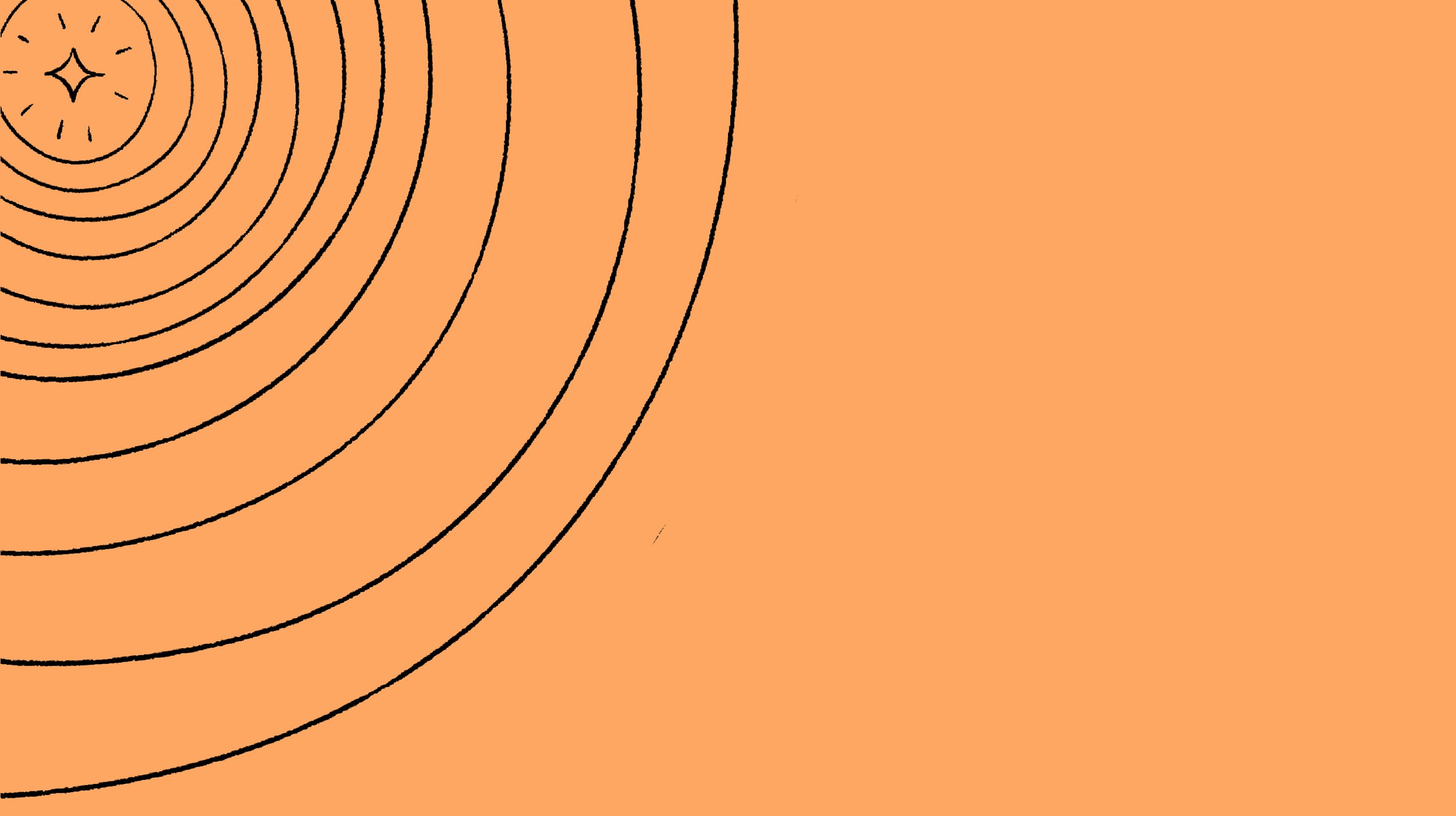
How might we actively and intentionally co-create a future that truly serves women?
A toolkit for impact practitioners to build products, services & systems that center women.
WHY WOMEN-CENTRIC DESIGN?
When we design for “everyone”
we create one-size-fits-men outcomes.
Our current design methodologies invisibilize and contribute to the inequities women experience. They create unintended consequences for women.
In tech: voice recognition technologies have known reinforce harmful gender biases.
In healthcare: heart attacks are known to go misdiagnosed in women because our unique symptoms are not recognized.
In finance: gender pension gaps exist because they don’t take into account how women’s lives are different.
They let us forget about women.
Women-Centric Design exists to design with and for women.
Built by being in conversation with gender practitioners, our tools have collated insights and best practices to support your women-centric design journey.
Women-Centric Design helps...
Illustrate how our current design methodologies, products and services overlook women.
Identify opportunity areas to co-create more women-centric solutions.
Push boundaries to imagine a more women-centric future
Re-design products, services and programs so that they truly serve women.
A resource for impact-oriented designers ready to shift from the why to the how.
WHO IS THIS FOR
We define ‘designer’ expansively.
Maybe you shape products, services or programs. Maybe you do the research, insights, ideation thing. You might build user journeys & experiences, or craft narratives. You might practice human centered designer, design thinking, or other creative solving processes. You might work in finance, healthcare, tech, entrepreneurship, social impact or international development.
Women-Centric Design offers practical guidance and applicable tools to designers, researchers, strategists, product managers – any impact-driven practitioners wanting to shift from “why should we design for women,” to "how to might we actively design with and for women."
OUR TWO FOUNDATIONAL TOOLS
The Women-Centric Eye
For project-scoping and opportunity identification
Use the Women-Centric Eye to identify how your product, service or program overlooks women and co-vision a more holistic solution.
The Non-Negotiables
For research and ideation
Embed the Non-Negotiables in your research materials and ideation sessions to build more holistic and women-centric solutions.
APPLY THE TOOLS
Download a PDF overview and summary of the key tools to get oriented (20 pages)
Get
Started
Explore the detailed insights, questions and prompts to put the tools into practice
Go
Deeper
Join one of our upcoming workshops to practice in an interactive setting
Practice Together
GET INVOLVED
Subscribe to Unconforming to be notified of updates to Women-Centric Design
Stay in
the loop
Contribute your favourite design resources and examples to our living library of resources and/or share your feedback with us to help improve the impact of Women-Centric Design.
Share feedback & resources
If this work resonates with you, creates value for you or your organisation, or if you’d like to support its evolution, please consider contributing to the project on our Open Collective page.
Contribute funds
WOMEN-CENTRIC DESIGN IS A PROJECT BY UNCONFORM
About Unconform
Unconform is a design consultancy helping organisations embed a women-centric lens in their products, programs and process. We help organisations get smarter about women’s lived experiences, go further in their research faster, and be more equitable from the get-go.
About Mansi
Mansi Gupta, founder of Unconform, is a designer and researcher with several years of experience leading women’s focused projects in healthcare, finance, tech, education and more especially in the Global South. Her project experience drove both, the creation and the development of Women Centric Design.
About the project contributors
Women-Centric Design would not exist without the generosity, guidance and support of gender practitioners and our project contributors. Learn more about how we developed this work and everyone who contributed to the project.







